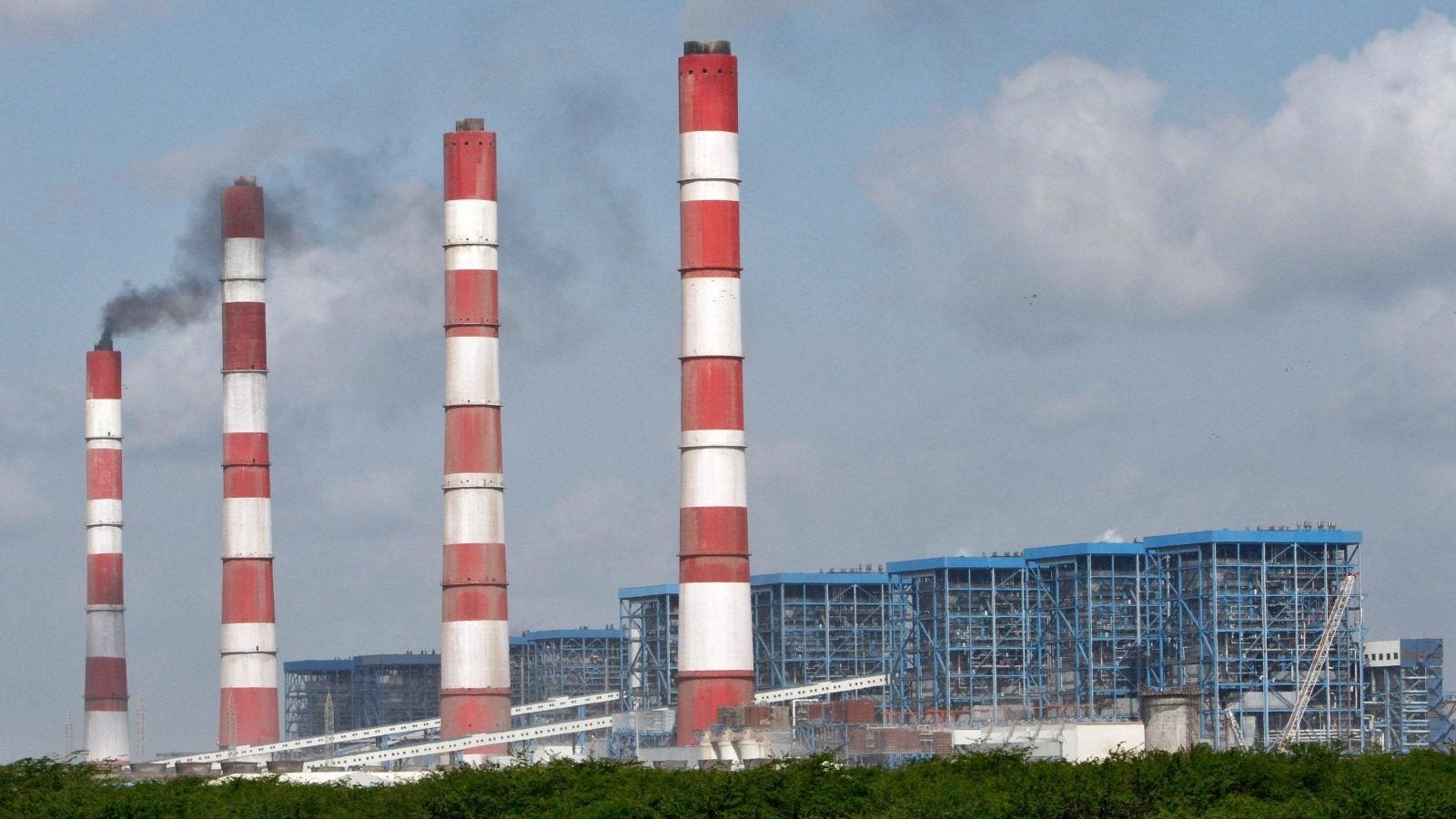Cheap renewable energy is killing India’s coal-based power plants
Renewable energy prices in India are crashing, leaving coal-based power plants in the country financially unviable in their wake.


Renewable energy prices in India are crashing, leaving coal-based power plants in the country financially unviable in their wake.
Over the last year, wind and solar power tariffs have fallen to a record low of around Rs2.4 per unit, much lower than the average of Rs3.7 per unit at which analysts say coal-based power is currently being sold on India’s power exchanges.
As a result, coal-based power plants are falling out of favour with power distribution companies (discoms).
“The (coal-based power) plants are ready but… no discom was coming forward for long-term PPAs (power purchase agreements) because they were getting power at a cheaper rate from renewable sources,” Sudhir Kumar, associate director at CARE Ratings, told Quartz.
Last financial year, for the first time, India added more power capacity from renewable sources than coal.
Of India’s approximately 197,100 megawatts (MW) of coal-based power capacity, nearly 40,000 MW—or 20% of the plants—have been termed stressed assets, and a fourth of these have turned unviable, Ajay Kumar Bhalla, secretary of the ministry of power, told BloombergQuint in an interview on May 08.
The Narendra Modi government examined India’s stressed power plants to assess the extent to which they’re financially viable. It found that financial problems with around 10,000 MW have been resolved, and another 10,000 MW of capacity is beyond redemption, Bhalla said. The remaining 20,000 MW is still under examination.
“8,000-10,000 MW of capacity we feel is beyond (resolution) because there’s hardly any progress in those projects,” Bhalla said.
Coal-based power plants are, hence, being forced to sell their power either on short-term agreements or on the power bourses such as the Indian Energy Exchange, where tariffs are much lower than what these plants require to stay afloat.
Coal-based power on India’s power exchanges is currently trading between Rs3.7 and Rs4 per unit “…but the minimum tariff required (by coal-based power plants) is Rs5 to get break even,” said Rupesh Sankhe, senior analyst at brokerage firm Reliance Securities.
In the absence of long-term PPAs with discoms, power plants also lose access to relatively cheaper coal they can purchase with fuel supply agreements from the state-run Coal India Limited. This results in a double blow to the profitability. For power plants located away from India’s coasts, there is an additional burden of transportation costs.
The demand for power, too, has flat-lined in India over the last year. “The system demand is very low… 35% of demand is coming from (the) industrial category, which is not seeing any recovery as such in a big way,” Sankhe said.
While economic activity is expected to pick up due to the recovery in the rural sector, it won’t result in a direct impact on electricity prices. “Tariff revival will not happen that significantly because of the capacity in the renewable space. That is why they are calculating that they will not get Rs5 tariff, and the asset will become unviable,” Sankhe said.
Breaking the banks
With the crisis in the power sector deepening, banks are going to be at the receiving end. Power companies already account for one of the largest share of toxic loans in the banking sector and owed Rs1.8 lakh crore as of June 2017, according to a parliamentary panel report submitted earlier this year.
Moreover, the Reserve Bank of India (RBI) has come out with more stringent norms for the reporting of bad loans, wherein banks will have to declare even a one day delay in repayment of dues, a leeway that was usually granted to power companies. The lenders have also been directed to resolve all stressed loan issues with companies within a span of 180 days, failing which bankruptcy proceedings will be initiated against the defaulter.
“The new norms by the RBI are a major headache for the power companies and the banks. Because it is not that the underlying assets are necessarily bad but it may be because cash flows are elongated, or discoms are not buying, etc. And if all of these companies are taken to the bankruptcy court and auctioned, then it will be a huge challenge,” an executive director of a private sector bank said, requesting anonymity. “These issues are only going to get compounded further with alternate energy prices decreasing.”
In an attempt to make amends, India’s power ministry last month proposed a scheme where a government-owned entity would purchase power from coal-based plants that currently don’t have any PPAs to keep them going. Under the pilot project, the government plans to invite bids from stressed coal-based assets for signing medium-term three-year agreements. This, however, will be capped at 2,500 MW of capacity, still leaving out around 7,500 MW of thermal power capacity.